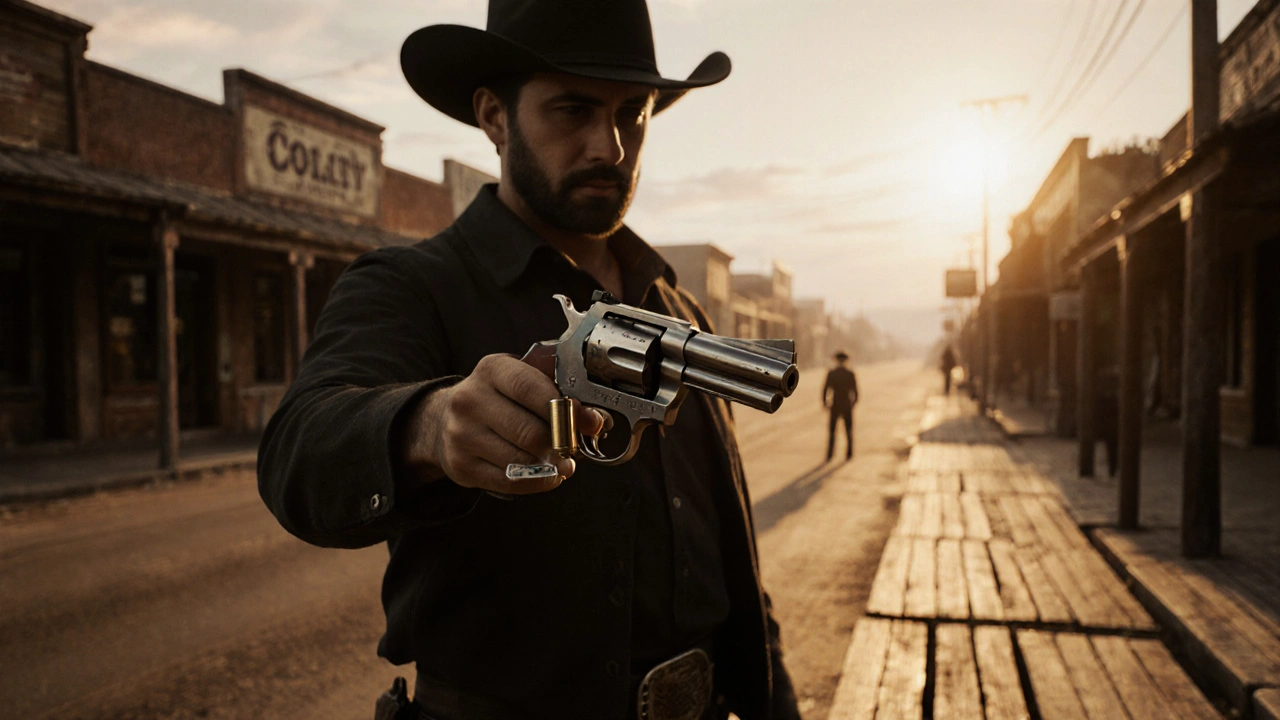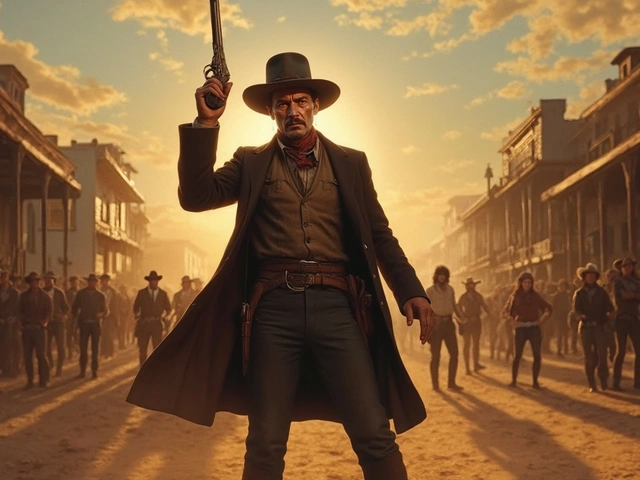What Gun Did Doc Holliday Carry? Exploring the Legendary Firearms
March 13 2025Cowboy Caliber: History, Choices, and Modern Use
When talking about cowboy caliber, the size and type of ammunition that defined the Old West and still shapes shooting sports today. Also known as Western cartridge, it covers rounds like the .44‑40 cartridge, a dual‑purpose round for both rifles and revolvers, the .45‑70 cartridge, a powerful black‑powder round used in lever‑action rifles, and the .38 Special, the go‑to round for modern cowboy action shooting. Historically, figures like Wyatt Earp, who carried .45 Colt and .44‑40 firearms, set the benchmark for what a true cowboy caliber should deliver.
The Old West wasn't just about drama; it was about ammo that could survive dusty trails and fierce gunfights. In towns like Tombstone, a cowboy's pocket might hold a mix of .44‑40 and .45‑70 rounds, balancing stopping power with the ability to reload quickly. Ammo prices back then were a daily concern – a box of .44‑40 cartridges could cost as much as a day's wages. Understanding those costs helps today’s shooters appreciate why certain calibers survived: they offered the best bang for the buck.
Revolvers and rifles shared the same caliber whenever possible. The Colt Single Action Army, often called the “Peacemaker,” used .44‑40, letting a shooter fire the same round from a pocket‑size revolver or a larger rifle. This interchangeability meant a cowboy could carry one ammo type for multiple weapons, a huge logistical advantage on a cattle drive. Smith & Wesson offered similar flexibility with their Model 3, reinforcing the idea that a good cowboy caliber needed to be versatile, reliable, and easy to find.
Why the .38 Special Dominates Modern Cowboy Action Shooting
Fast‑forward to today’s shooting ranges: the .38 Special reigns supreme in cowboy action competitions. Its low recoil lets shooters string together rapid fire without losing accuracy, and the round is cheap enough to fill an entire match day without breaking the bank. Plus, modern reproductions of classic revolvers are often chambered for .38 Special, giving participants an authentic look with manageable performance. This trend shows how the concept of cowboy caliber continues to evolve – the core idea stays the same, but the preferred round shifts with technology and sport demands.
Ammo cost remains a hot topic. A modern .44‑40 load might run $0.30 per round, while a .45‑70 can be $0.45 or more, depending on bullet type. The .38 Special stays around $0.15 to $0.20, making it the budget‑friendliest option for high‑volume shooting. For those who love historical reenactments, black‑powder loads for .44‑40 or .45‑70 can still be sourced, but they command a premium due to the extra handling steps. Knowing these price points helps shooters pick a caliber that fits both their budget and their shooting goals.
Choosing the right cowboy caliber depends on three factors: the firearm you own, the shooting activity you plan, and how much you want to spend on ammo. If you own a classic lever‑action rifle, the .45‑70 offers raw power and a period‑accurate feel. If you prefer a snappy revolver for quick draws, the .44‑40 gives you that historic edge with enough punch for self‑defense drills. For competitive shooters focused on speed and affordability, the .38 Special is the clear winner. Balancing these attributes ensures you get the most out of each session.
Below you’ll find a curated set of articles that dig deeper into each of these topics. From detailed breakdowns of Old West ammunition prices to side‑by‑side performance tests of .44‑40 versus .45‑70, the collection gives you practical data, historical context, and actionable tips. Whether you’re a history buff, a competitive shooter, or just curious about the calibers that shaped the frontier, the posts ahead will help you make an informed choice and enjoy the range with confidence.
 21 Oct
21 Oct
What Caliber Did Cowboys Shoot? A Complete Guide for Cowboy Action Shooting
Discover the exact calibers real cowboys used and how they apply to modern Cowboy Action Shooting, with a detailed guide on .45 Colt, .44-40, .38-40 and more.
Read More...




